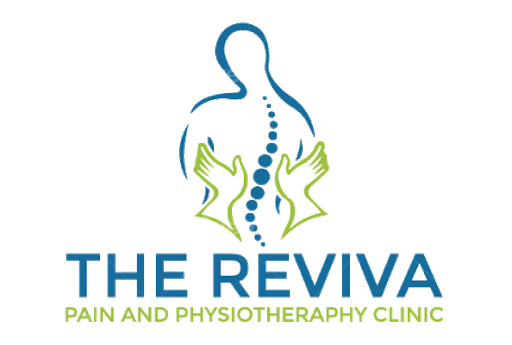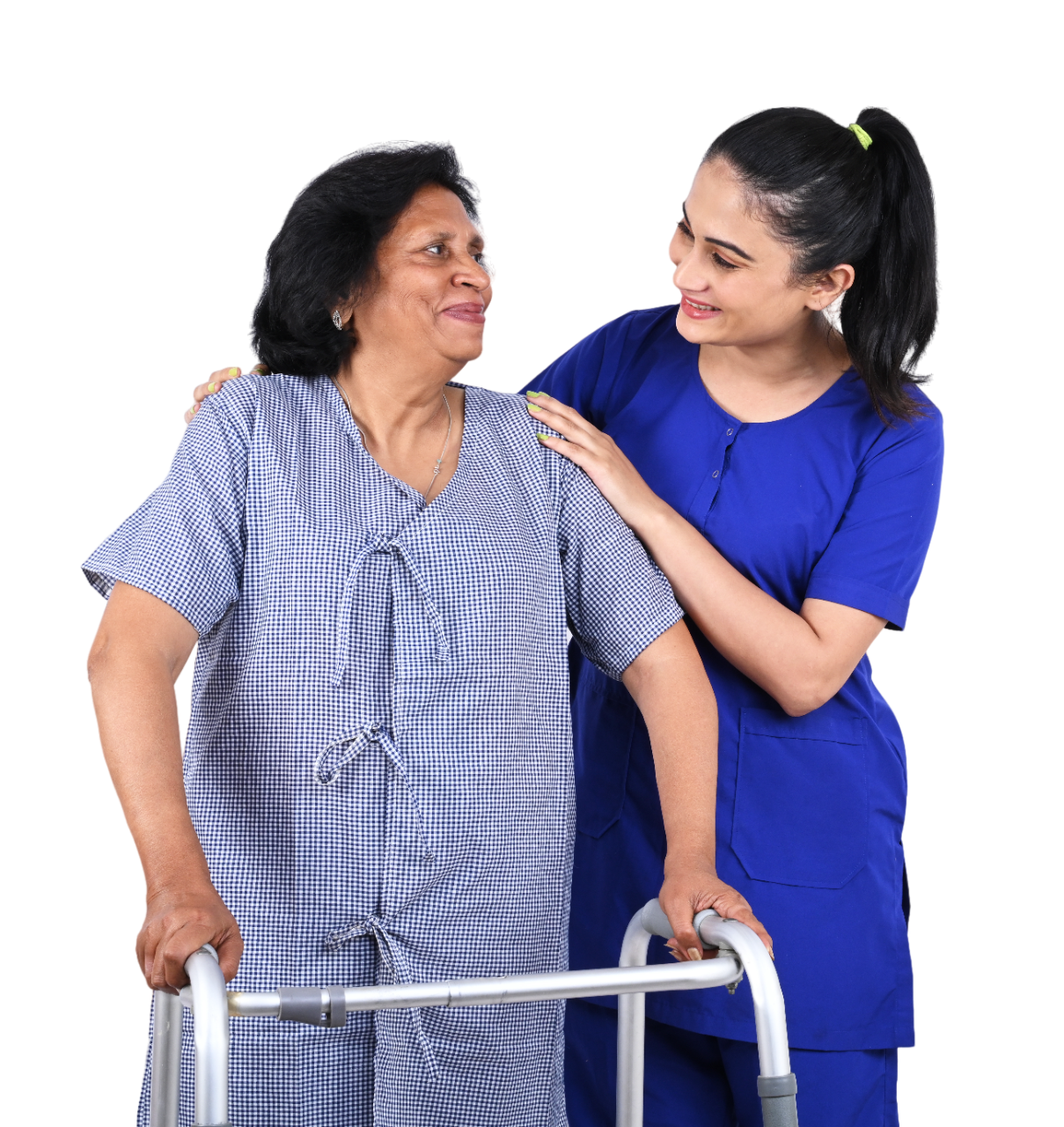Recent research compared the effect of high versus low-intensity strength training on knee osteoarthritis patients.
This study was reviewed in the most recent issue of our Research Reviews, in which industry experts dissect the most recent and clinically relevant studies for immediate clinical application.
Central issues from the investigation
Extreme focus strength preparing for knee osteoarthritis (OA) was not better than low-power preparing or general wellbeing studio participation.
A few distinct mediations might be viable for knee OA, and they ought to be picked dependent on the particular necessities and interests of the customer.
Foundation and Objective
Knee osteoarthritis (OA) is a main source of inability. The earlier examination has shown that opposition preparing is compelling at decreasing agony, notwithstanding, questions stay about what level of force for obstruction preparing is ideal.
This investigation looked to decide if extreme focus strength preparing diminished knee agony and knee joint compressive powers better compared to low-force strength preparing and general wellbeing studio participation.
Strategies
The investigation included 377 grown-ups with gentle to direct knee osteoarthritis. Members were all more seasoned than 50 and had not done strength preparing over the most recent a half year. Members were randomized into three therapy gatherings: focused energy preparing, low-power preparing, and ordinary participation at an overall wellbeing studio (consideration control bunch).
Both the focused energy and low-force bunches completed 3 meetings each week for year and a half. Each gathering did 6 lower body works out. The focused energy bunch advanced from 3 arrangements of 8 redundancies at 75% of 1RM, complete 3 arrangements of 6 reiterations at 90% of 1RM. The low-power bunch performed 3 arrangements of 15 reiterations at 30% to 40% 1RM. The ‘consideration control’ bunch went to a gathering studio on broad wellbeing two times every week for a half year, and afterward once per week for a year.
The two essential results were self-revealed knee torment and most extreme knee joint compressive power during strolling.
Results
There was no huge contrast in knee agony or knee compressive powers during strolling between the three gatherings at the year and a half.
The larger part of auxiliary results likewise showed no huge contrasts between the three gatherings.
Limits
The consideration control bunch decreased agony by 33%! This might clarify why there was no critical distinction between the three gatherings.
The members were for the most part white, male, and hefty; thusly the outcomes may not be generalizable to other patient socioeconomics.
Clinical Implications
Earlier examination on knee OA has shown that strength preparing diminishes torment, upgrades prosperity, and may expand shock ingestion capacity during strolling. What hadn’t been all around concentrated nonetheless, before this RCT, was whether extreme focus strength preparing could give more relief from discomfort than low-power preparing?
This examination shows that both high and low-force strength preparation can be powerful for those with knee OA. These backings the view that a critical fixing in the treatment of musculoskeletal torment is frequently not the specific subtleties of the mediation, yet rather the patient’s obligation to a strategy that includes support from parental figures.



